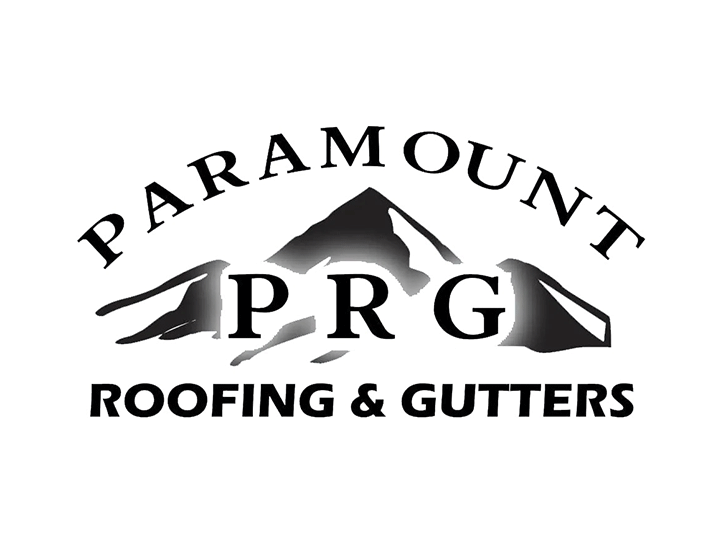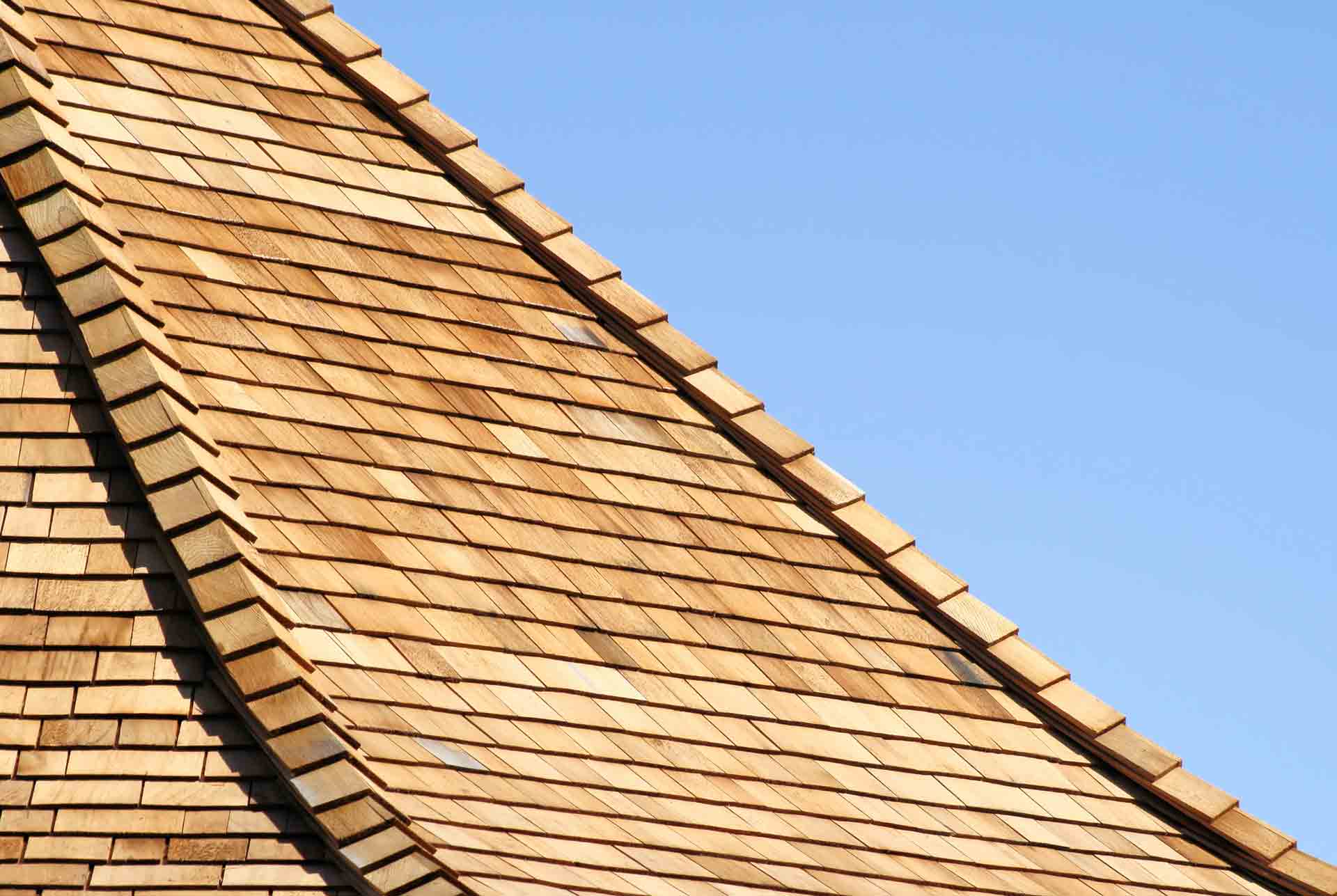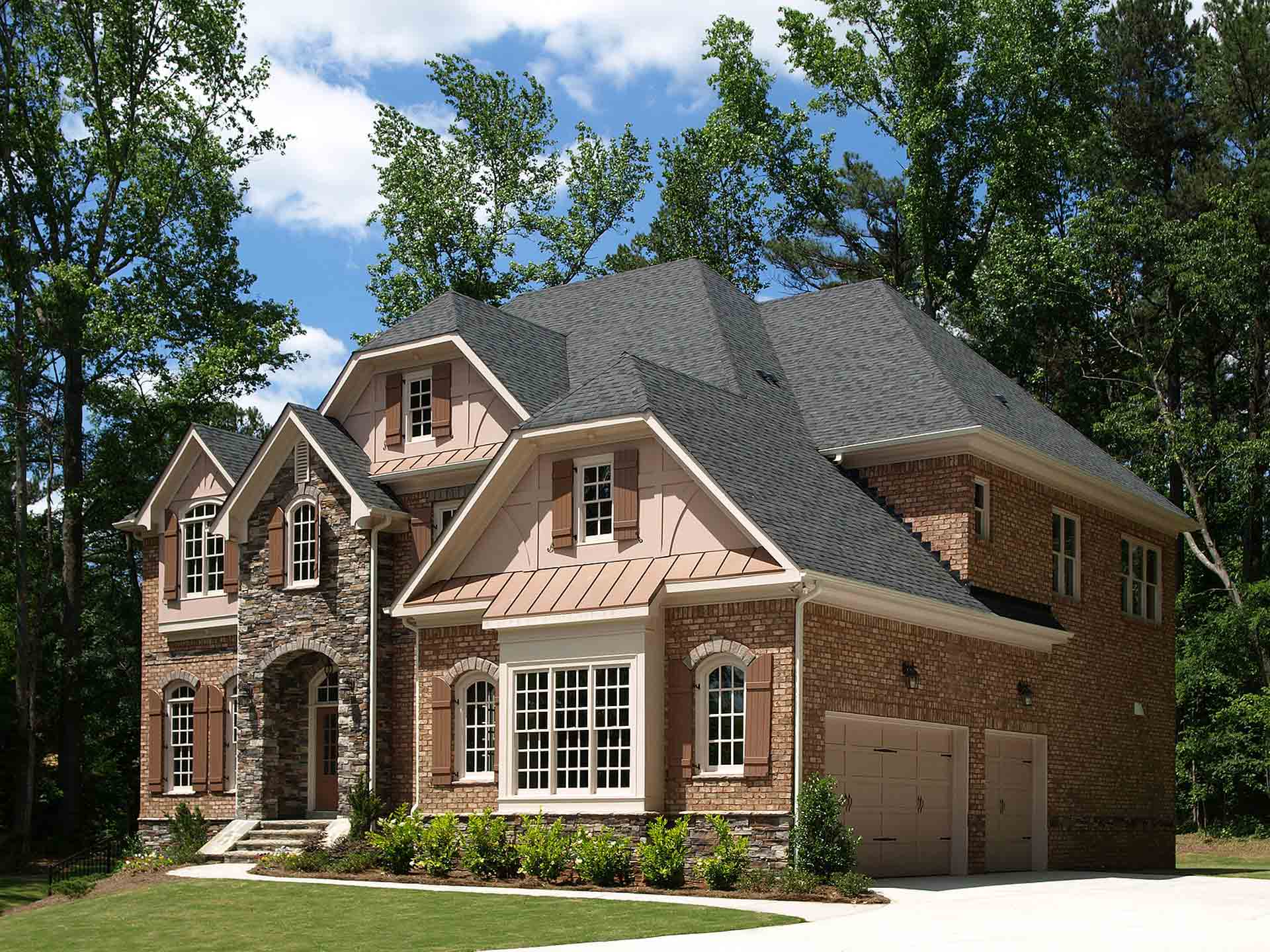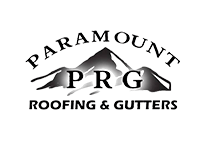Different Types of Roofing Materials: Top-Quality Roof Products for your Property
Roofs are an important part of your real estate property. It protects your family and your business from rain, snow, sunlight, wind, and other extreme weather conditions. Poorly maintained roofs can lead to issues, including damage to your property, safety hazards, and mold infestations from leakage.
When you're ready to replace your roof, take time to familiarize yourself with all the
different types of roofing materials.
Different types of roofing materials for your home
Slates
Roofs made of slates can either be natural or synthetic.
- Slate Shingles.
Natural slates are one of the most durable and high-quality roofing materials on the market. It’s made from sedimentary rocks which make your roofing fireproof. Natural slate shingles are ideal if wildfires and bushfires are a major concern for your property’s location. Also, they have a low water absorption rate, making them highly resistant to freezing damage or breakage.
Slates are praised by homeowners for their classic appearance. These roofs are available in varying sizes and colors for you to choose from according to your preferences. They are built to last at least a century or more if it is properly maintained. When you choose this type of material for your roof, also consider its cost, fragility, and weight which requires a stronger roof reinforcement. - Synthetic Slates. Also known as “rubber slates”, these roof tiles are a remarkably realistic substitute for real slate. They're made from synthetic polymers and recycled plastic and rubber. When viewed from the ground, passersby might find it difficult to tell the difference between a manufactured slate and a natural slate. So if you are looking to get the aesthetically-pleasing look of the slate but are concerned whether your roof’s structure can handle it or not, synthetic slate is a feasible alternative.
Tiles
Roof tiles can be divided into two categories:
- Clay Tile.
Clay tiles are made from earthen clays shaped into interlocking forms, making them ideal for houses built in hot climates and near the beach. Clay tiles are available in glazed or unglazed form. Unglazed clay tiles have a distinctive reddish-orange hue while glazed tiles come in various colors.
- Concrete Tile.
Concrete Tile. Concrete tiles are made from a combination of sand, cement, and water—molded under intense heat and pressure. This roofing material is resistant to rust and corrosion, making it great for houses located in coastal areas.
Concrete roofs can also help minimize external noise. Many homeowners choose this roofing material because it is safe, non-toxic, and resistant to wind and fire. These non-combustible roofs are also great for wildfire-prone locations. It’s important to note that this type of roof needs additional supporting structure to carry its weight.
Cedar Roofs
Cedar wood roofs are made from organic natural wood that give a unique touch to your home. If your home’s location has regular occurrences of tornadoes and hurricanes, cedar wood roofs are for you. These products can withstand wind speeds anywhere from 173 mph to 245 mph.
Wood roofs are available in various thickness, edge grains, and cut types. They are easily recycled and disposed of without harming the environment. When well-maintained, they can last for about 20 – 30 years. Keep in mind that wood roofs are not fire resistant and are prone to insect attacks.
There are two types of Cedar roofs:
- Cedar Shingles.
Cedar shingles have a smooth and uniform look that spans the entire roof surface. They are smoothly sawn on both sides with a tapered cut.
- Cedar Shakes.
Cedar shakes are thicker and made from premium grade wood—more durable and long-lasting than shingles. Cedar shakes are split off, contributing to their rugged appearance. Each piece looks a little different than the rest.
Cedar Roofs
Metal roofing is the best roofing material if you’re living with deep snow during winter. This roofing material is lightweight, fire-retardant, excellent at shedding snow, impact-resistant, and does not easily corrode or crack. Since it is durable, there’s no need for periodic maintenance. Metal roofs can last 40-70 years.
When you choose this roofing material, be ready for the noise during heavy rain or a hailstorm.
Polycarbonate Sheet (for Sky Lights)
Polycarbonate is a lightweight but durable thermoplastic material that can endure very low and high temperatures. This roofing material is ideal for conservatories, patios, and deck areas, but is not recommended for the entire house. It is also commonly used by homeowners for carports, sheds, sun rooms, and other spaces that require natural light from the roof.
The downside of polycarbonate roofs is that they become more vulnerable to weather damage as they age.
Types of roofing materials commonly used for commercial buildings
Membrane Roofs
Membrane roofs are durable, reliable, long-lasting, and can withstand harsh weather conditions. They are also fire-resistant and low-maintenance. Below are the types of membrane roofs.
- EPDM (ethylene propylene diene monomer).
EPDM is a synthetic membrane roofing material commonly referred to as "rubber roofing." It is applied in large sheets that limit the number of seams where water can infiltrate. The lifespan of EPDM roofing is typically 20 to 35 years if the roof is properly maintained.
- Duro-Last Roofing System.
Duro-Last roofs are custom-prefabricated, reinforced, thermoplastic single-ply roofing systems. They are ideal for any flat or low-sloped application. This roofing material is manufactured to the exact size for your property, eliminating up to 85% of rooftop installation seaming. The Duro-Last roofing system is also durable. It resists fire, chemicals, grease, high winds and punctures, and can also handle extreme temperatures. The roof membranes are highly-reflective and deliver real energy savings for building owners.
- TPO (Thermoplastic Polyolefin). A TPO roofing system is made up of a single layer of synthetics and reinforcing scrim that is used to cover flat roofs. The membranes are manufactured in 10-, 12- or 20-feet wide. They are attached to the roof using a hot air gun to hold the seams together.
Choosing the best type of roof for your home or commercial space can be tricky but you can rely on the roofing professionals in Colorado. Take that first step and request for a free estimate for your re-roofing project.





